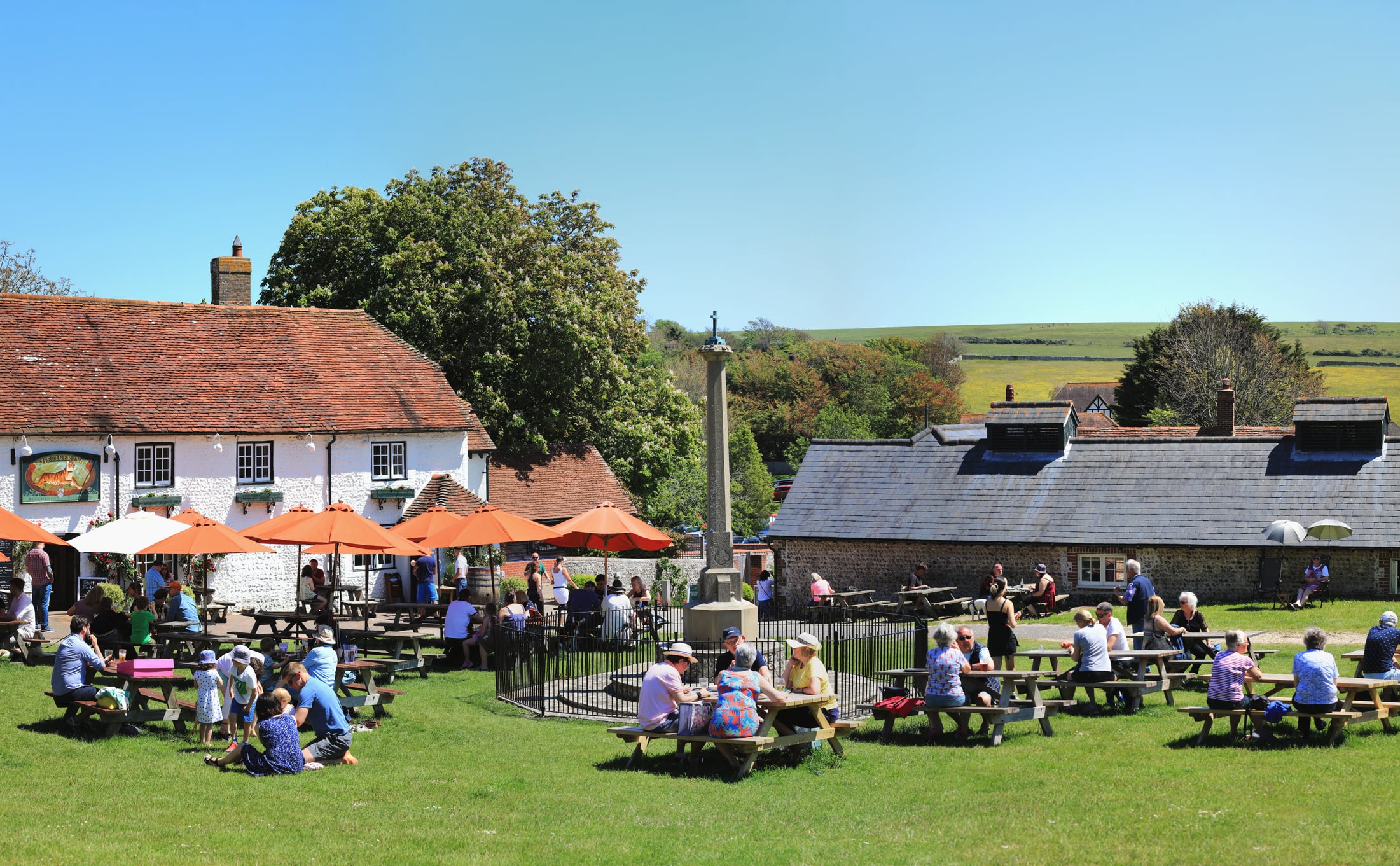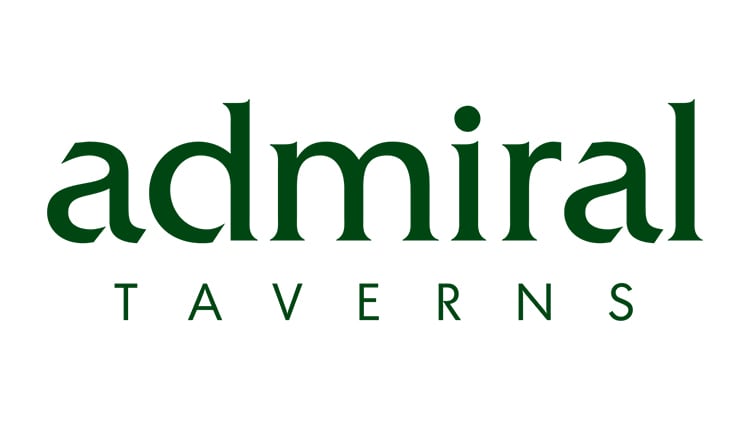And it’s not just a flavour of the warmer months because cider is holding its own throughout the year. Figures in Heineken UK’s Cider Report 2025 show that last year alone 341m pints and 114m bottles were sold in the UK on-trade – making it worth £2bn a year to the sector.
It is a pub classic bursting with heritage, flavour and innovation.
Much of cider’s recent success has come from customers trading up to enjoy more premium options.
Here, The Morning Advertiser takes a look at how raising your cider game can provide your customers with a stand-out experience and keep them coming back for more.
PROMOTIONAL CONTENT
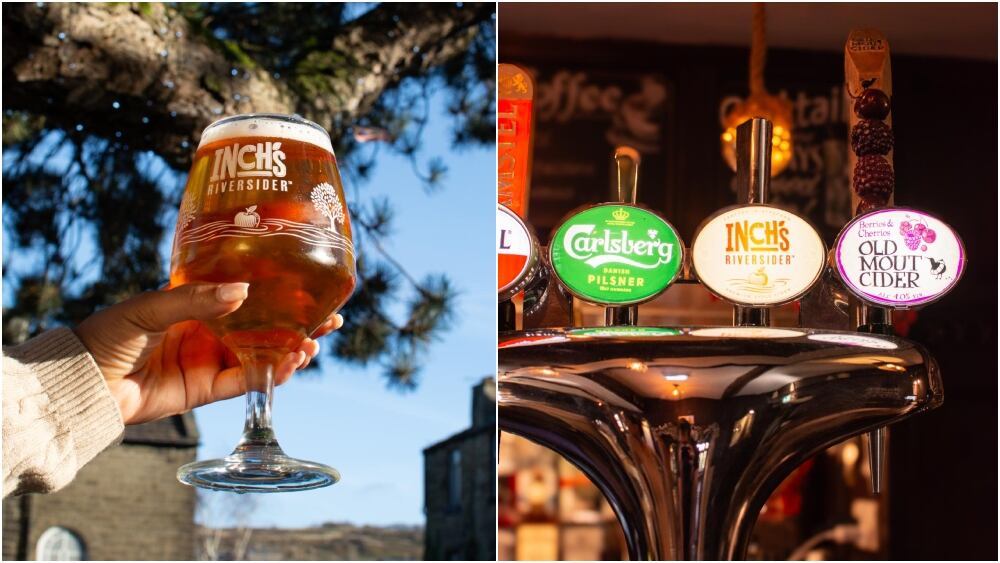
Elevate your premium cider offering with Inch’s Riversider this summer
This summer, Heineken UK is revitalising the Premium Apple Cider category with the exciting launch of Inch’s Riversider™, which is now available on draught in Premium pubs and bars nationwide.
Building on the success of Inch’s Medium Apple Cider, the UK’s fastest-growing cider brand with a 39% growth in value over the previous year[1], Inch’s Riversider is designed to meet the rising consumer demand for premium, authentic cider experiences. With 41% of Premium Apple Cider drinkers under 34[2], Riversider™ offers a fresh opportunity to connect with younger, quality-conscious consumers.
At 4.7% ABV, Inch’s Riversider is lightly sparkling and slightly hazy, boasting a crisp apple flavour and a clean, balanced finish, making it the perfect premium cider for summer occasions. Backed by standout branding, including striking glassware, a bespoke tap handle, and a bold fount design, Riversider is tailored to attract attention and drive sales from the bar.
Whether you’re looking to refresh your cider range or appeal to the next generation of cider lovers, Inch’s Riversider is a great solution. Don’t miss the chance to elevate your summer cider offering.
[1]CGA by NIQ OPMS GB Value Sales Change MAT TY vs LY to P04 19.04.2025
[2]Kantar, Total Cider, Total market, 52 w/e 31/03/2025
- For more details, visit https://www.inchscider.co.uk/
On tap
When it comes to cider, draught is the place to start. It accounts for 77% of on-trade volume cider sales (CGA). Draught sales are up 6% in value over the past two years, which stands in healthy comparison to overall on-trade drink sales which have remained flat.
Serena Smith is the on-trade head of category for Heineken UK, which produces a range of top-selling ciders including the fast-growing Inch’s, the recently launched premium apple cider Inch’s Riversider, Orchard Thieves, Strongbow and Old Mout.
She says that growth in draught is largely due to customers looking to treat themselves to something special when they go out.
“This is generally being driven by premiumisation in the category for both apple and flavoured variants, which has tapped into the consumer’s desire to trade up, as part of the shift to ‘drinking less but better’ that is affecting all categories,” says Smith.
James Palmer, Thatchers head of on-trade, says the vast majority of customers want variety on the bar so licensees should consider more than one option.
He says: “Some 94% expect to see more than one cider available, so to maximise sales you want to have a draught apple cider and draught fruit cider, supported by a low/no option in the fridge.”
Smith says that a premium draught option could work for some outlets.
“Premium venues might want to explore adding a premium flavoured cider on tap, given the segment’s impressive growth – up 50% in value and 59% in volume (CGA).”
She adds: “Premium apple brands, like Inch’s Riversider, are sold in nearly a quarter of on-trade outlets and are a great option if your venue is more premium. It performs strongly when ranged correctly and is a great profit driver, as consumers have shown themselves willing to pay extra for a quality product and experience.”
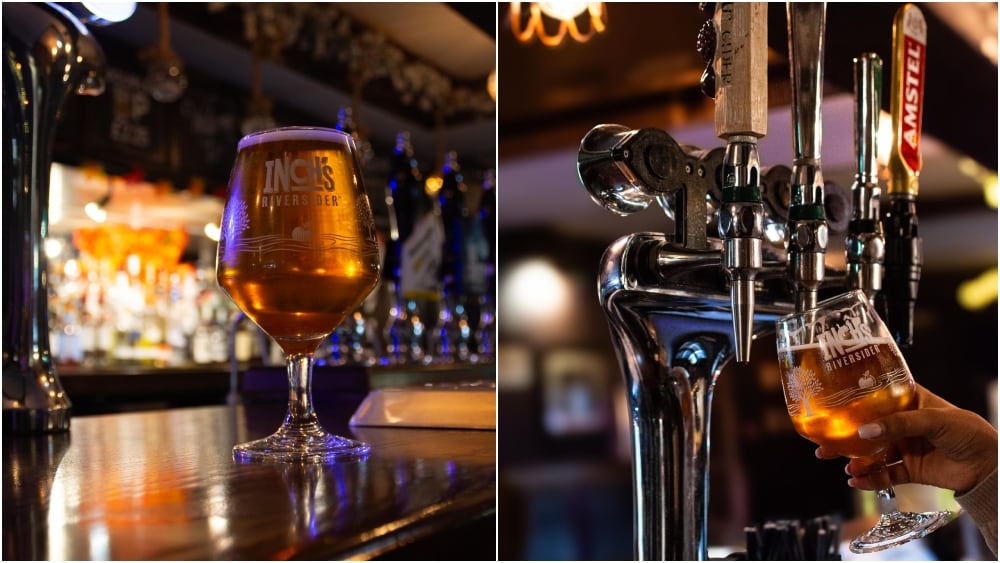
Don’t lose your bottle
Cider often takes pride of place in the fridge, where licensees can showcase the breadth of what ciders and perries can offer.
It is an area worth focusing on with 28% of sales driven by placement, according to Heineken UK, with premium options playing a significant role.
Smith says: “Premium flavoured ciders continue to dominate the fridge, now accounting for 7% of packaged cider sales, underscoring the importance of allocating dedicated space for this growing category.”
She adds: “Additionally, 49% of consumers express a clear preference for packaged cider (CGA Brandtrack), making it a must-stock option for any venue aiming to meet demand and drive sales.”
New variants recently launched in the on-trade include Kopparberg Crisp Apple, Old Mout Mango & Passionfruit and Strongbow Strawberry.
Innovation
From the days of ‘over ice’ to ciders packing punch with an array of fruity flavours, new products and innovation have been a key to the category’s broad success.
Since launching in 2021, Inch’s has established itself as the UK’s fastest-growing cider brand, achieving 39% growth in value over the previous year.
Inch’s Riversider, is looking to tap into the growing demand for premium apple cider.
Smith adds: “Some 76% of consumers see cider as good value for money – more than any other category in the on-trade. While this shouldn’t be confused with ‘cheap’, it does highlight the opportunity that premiumisation presents, with customers clearly prepared to pay good money for good quality.”
One of the biggest areas of innovations in recent years is the no and low category.
Thatcher’s research with KAM indicates that nearly half (44%) of customers would be more likely to stay for another if they could have an alcohol-free version of their favourite drink.
Most brands now offer alcohol-free alternatives as part of their range.
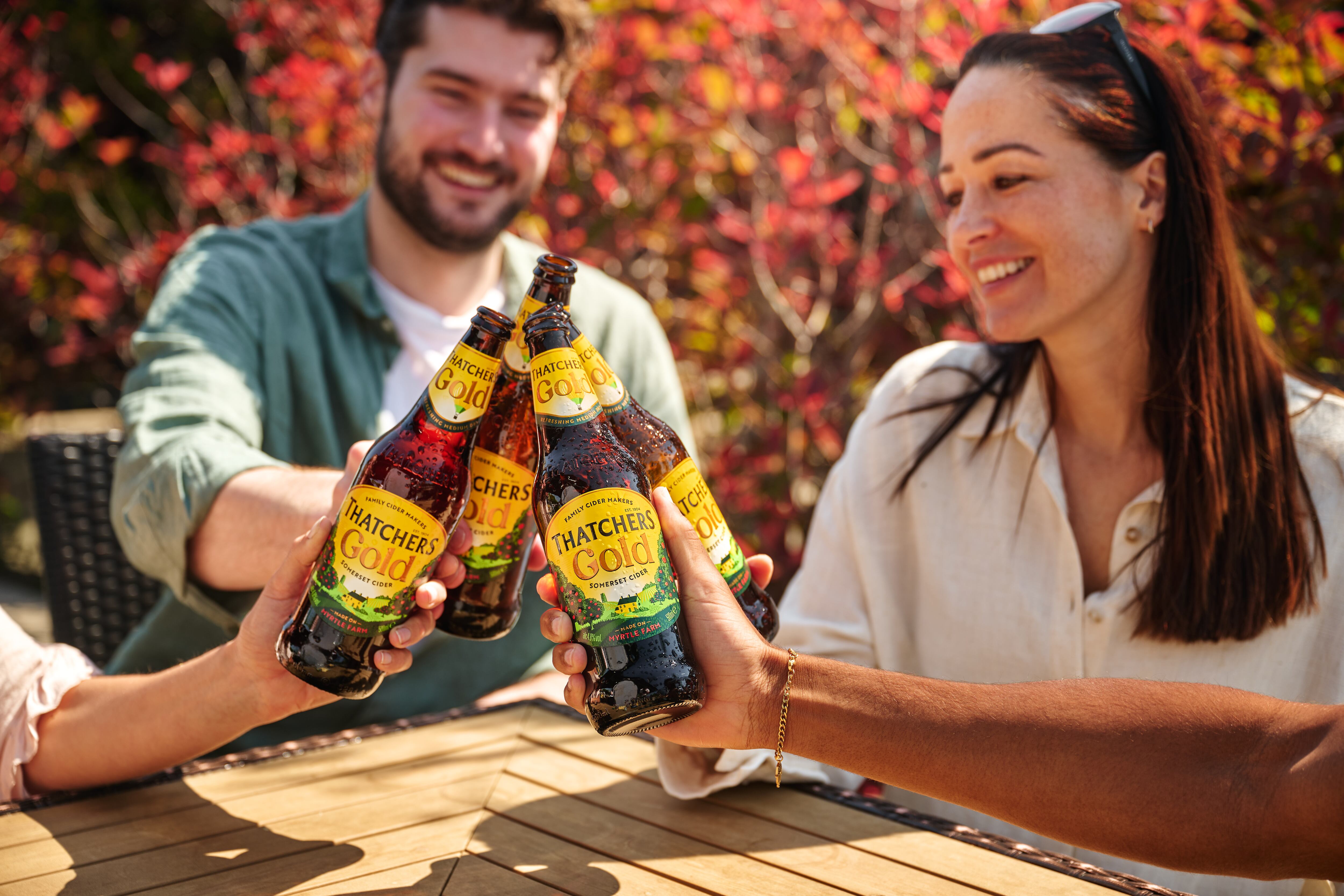
Range and variety
When choosing your cider line-up, customers should keep a close eye on trends as well as established favourites.
Daryl Hinksman, head of business development at Westons, says premiumisation and quality are more important than ever.
“Crafted and premium apple ciders are now even more valuable to operators as consumers prioritise provenance, authenticity and quality,” he says.
“So it’s no surprise that venues with the most impressive cider sales stay ahead by closely monitoring category trends and refreshing their cider selections to match these shifting consumer preferences.
“Operators who showcase premium, heritage-driven crafted ciders prominently on their bars stand to gain higher margins and boost consumer spending this summer and beyond.”
Palmer at Thatchers adds: “People aren’t prioritising saving a pound on a pint, in fact they’re willing to increase spend per visit so long as the quality of serve is protected. Our advice is not to cheapen your products or de-value your range but look to give customers a brand they trust and are willing to pay for.”
Stephen Groucott, Molson Coors on-trade category controller, points to the success of ‘super premium’ cider Aspall.
He says: “Venues that embrace this premium positioning can transform their cider offer from being supplementary, to a destination category, giving operators the confidence to deliver a premium experience that exceeds customer expectations.”
Positioning
It’s not just what you stock but how you showcase it. This includes online drinks lists, social media content and perhaps most importantly of all the way you display products and dispense in venue.
Smith at Heineken UK says: “Eye-tracking research from Heineken UK shows that standalone founts can catch the eye, but they don’t tend to do so before the customer has scanned the T-bar, so we advise that standalones are placed near to T-bars for the biggest impact.”
Palmer at Thatchers says options such as Thatchers Fusion creates space and attention because three fruit ciders can be poured from one fount.
Old Mout also recently launched a multi-fount tap for its flavoured range. Meanwhile Rekordelig has launched Wild Berries on draught.
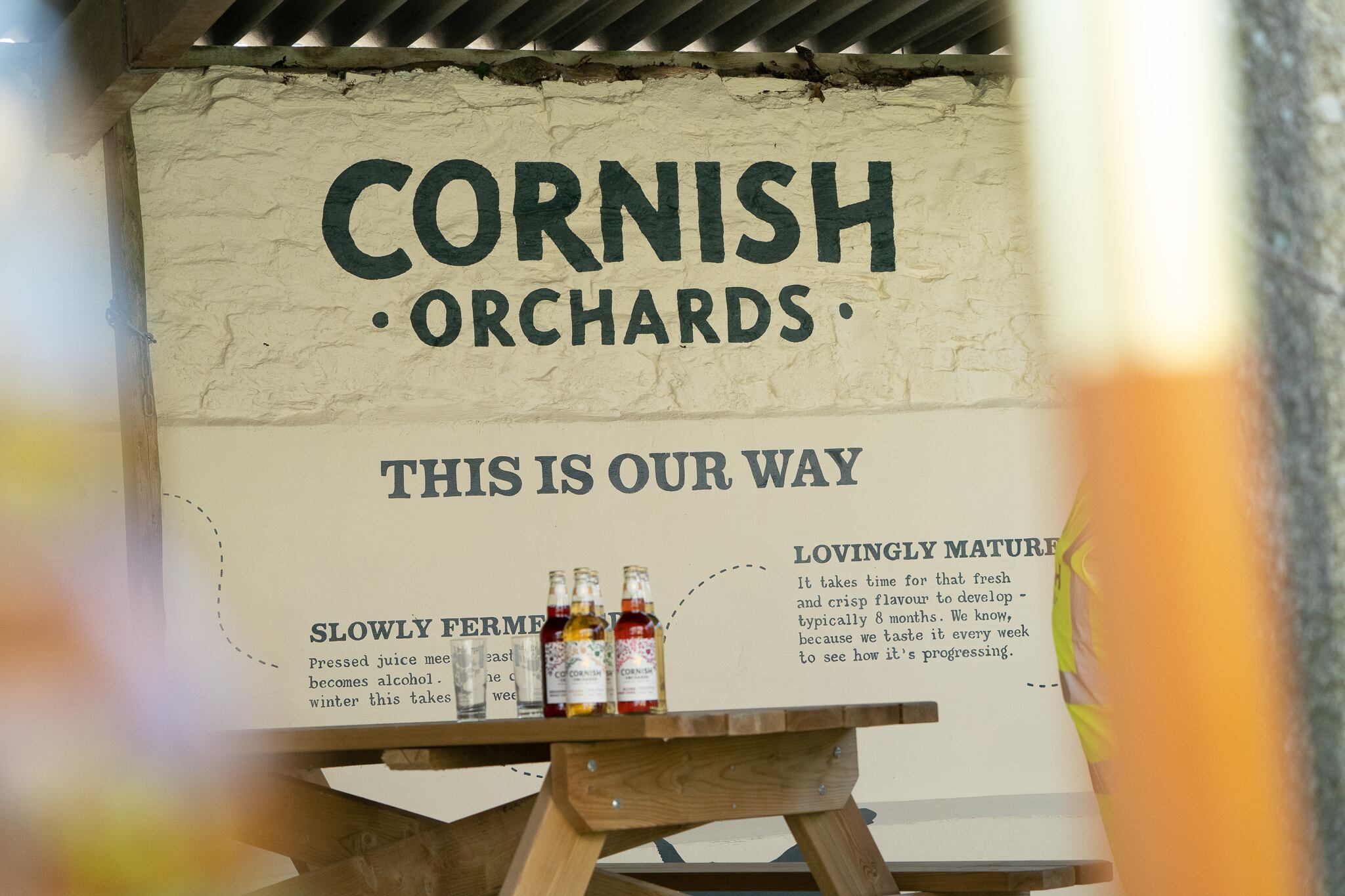
Telling the cider story
With a history that dates back to Roman times, and with the UK the world leader in cider production, there are always great stories to tell customers.
Connecting with them about heritage, values and sustainability will only serve to make your cider offer even more compelling.
Palmer at Thatchers says: “Customers are seeking authentic, quality brands that align with their values. Some 78% want a cider made by experts and 67% value a company with a long history of cider making.”
Meanwhile, Asahi recently announced that the cider farm in Duloe, Cornwall where Cornish Orchards is made has completely ceased using fossil fuels as part of its commitment to sustainability.
Chris Newton, head cider maker at Cornish Orchards, says: “When making our cider, the things we prioritise most are quality and authenticity. We aim to make the best-tasting cider with quality ingredients that our drinkers can trust. For me, this goes hand in hand with sustainability; true quality should transcend the product itself and include the positive impact it can have to the planet.”
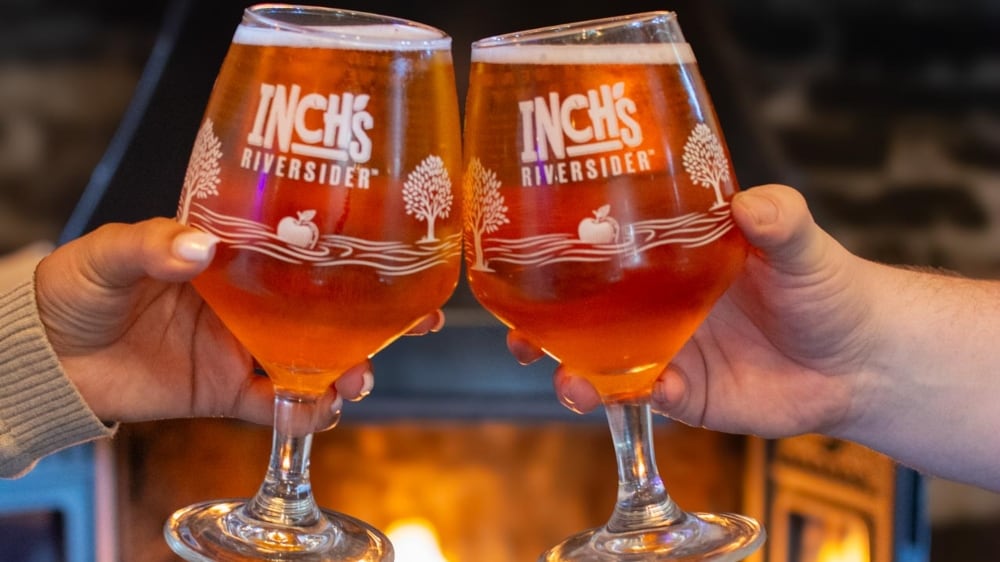
A drink for all seasons
Customers should also think about seasons and occasions.
Cider can be an alternative to wine and also works as an accompaniment to food, such as curry.
Peacock cider was specifically developed a decade ago to match with the flavours of Asian cuisine.
John Price, head of marketing at brand owner Kingfisher Drinks, says: “Food pairing is still very important to cider drinking occasions too, with nearly half of all on-trade cider serves being with food.”
Pubs should also think beyond the summer, with research by Heineken showing that 83% of pubgoers are open to enjoying cider during colder months when properly engaged. The key drivers are price promotions (34%), seasonal winter flavours (31%), and dark fruit varieties (26%).
By strategically adjusting their cider selection and promotional activities throughout the year, venues can maintain strong sales during peak season while building momentum through the winter months.
According to Thatchers research with KAM, the future looks bright with Gen Z on board with cider – but they can be fickle.
Palmer says: “Gen Z is embracing cider in a way we haven’t seen before – they’re actually drinking more cider than lager (CGA Opus). But they’re also more discerning and digitally savvy. If your venue doesn’t stock their preferred brand, they’ll go elsewhere – and they’ll take their friends with them.
“We’re seeing that nearly half of 25 to 34-year-olds check a venue’s drinks offer online before visiting. That’s why having a premium cider offer, and making sure it’s visible on your socials and website, is now essential to attracting this generation.”
My pub
Dale Lord, That Beer Place, Chester
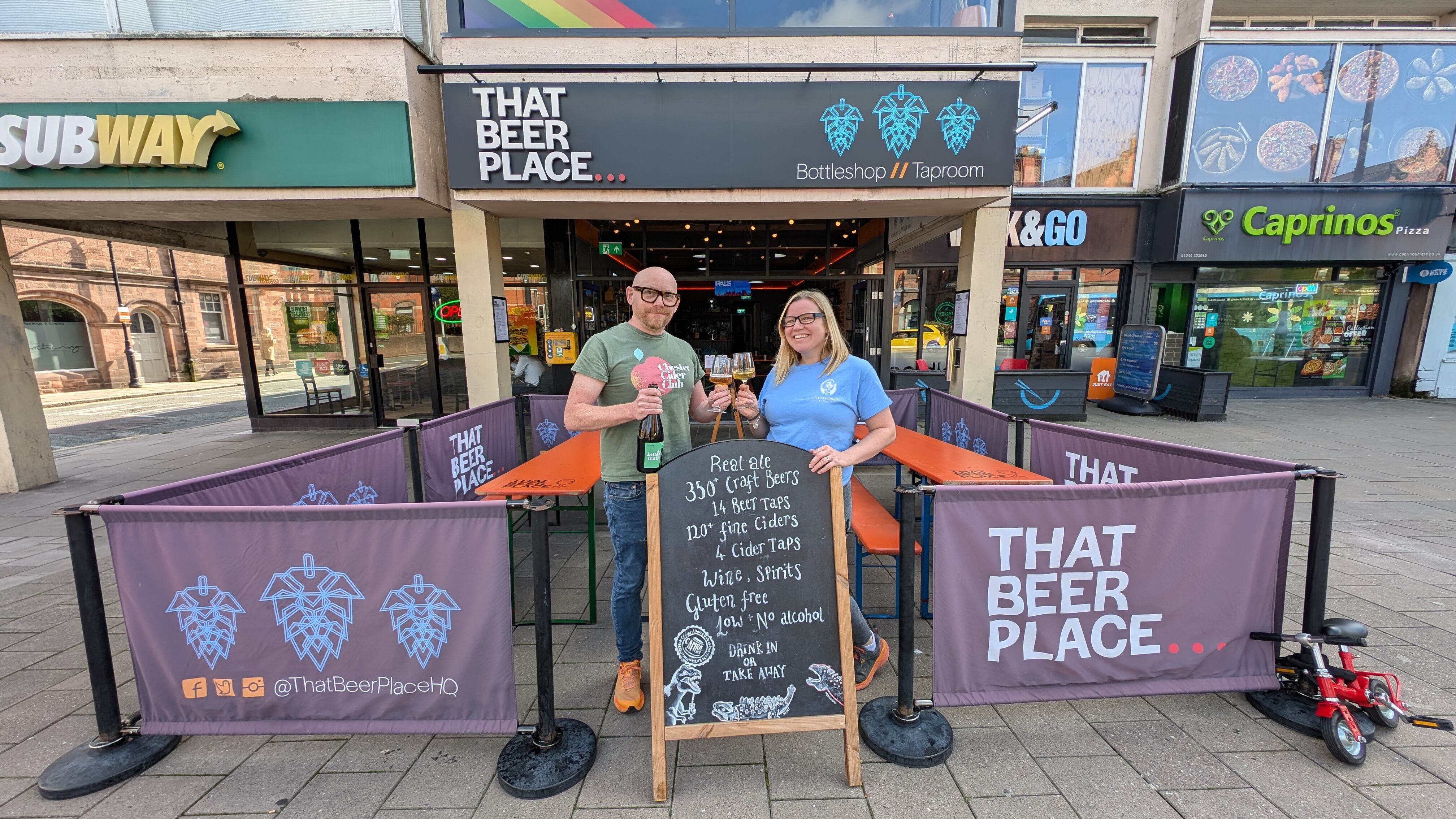
That Beer Place has grown from being a temporary market stall to a national award winning pub in just a few years.
The name of the pub indicates how important beer is to the business but cider also plays a huge part, in an area of the country not renowned for cider.
Cider accounts for 14% of sales, rising to 35% during festivals and ‘meet the maker’ events.
The pub stocks 140 different ciders and perries with up to 10 on draught at any time. In fact that Beer Place is doing such a good job that it is currently CAMRA’s Cider Pub of the Year 2024.
Dale Lord who runs the business with his wife Lisa explains that education has been a huge part of their success, with The Ciderologist Gabe Clarke training the team in the nuances of the drink.
Dale says: “As a result, the customer education has got better and it is not unknown for customers to ask if we have products with specific varieties of apple.
“Customers are our biggest advocates and we have started a Cider Club. Often members will help customers by talking about what the different ciders we have are.”
The cider range and expertise has attracted different customers to the venue.
“We have people who would not normally come because they don’t want beer. People will try a champagne method perry and can’t believe they are not drinking wine or prosecco.”
He continues: “We have had to educate about how to drink it because people will see a 6.5% ABV cider and think ‘I can’t have a pint of that’ but they don’t need to. They can have a half, a third, a flight. It can change the experience.
“We get a lot of people buying and sharing 750ml bottles, which we serve with wine glasses. It elevates the experience, and as they are not as high ABV as wine they will have another.”
My pub
Nik Amplianitis, The Cuckoo Inn, Hamptworth

Since moving from London to take the helm at New Forest pub The Cuckoo in 2022, Nik Amplianitis has grown the range from four ciders to more than 40.
In doing so he has secured the CAMRA title for local Cider Pub of the Year for three consecutive years, with judges praising the quality and the variety available.
For Amplianitis, the aim is to keep customers satisfied by ensuring they always have something that excites the tastebuds.
One of the ways he achieves this is by running events that enables staff and customers to try new products.
“We run two big festivals, in May and in September,” he explains. “We see what is popular and base stocking decisions around that. Myself and the team always sample before the festivals so we have the knowledge and can advise our customers.
“In very general terms, younger people prefer sweet and fruity ciders and those with a more mature palate prefer drier ciders.”
He adds that one of the benefits of cider is that it has a good shelf-life and, if required, an alternative use.
“With the shelf life you get there is less of a risk than with cask beer. If you look after it, it does last a lot longer – and if you can’t sell it, you can always use it to cook with.”

